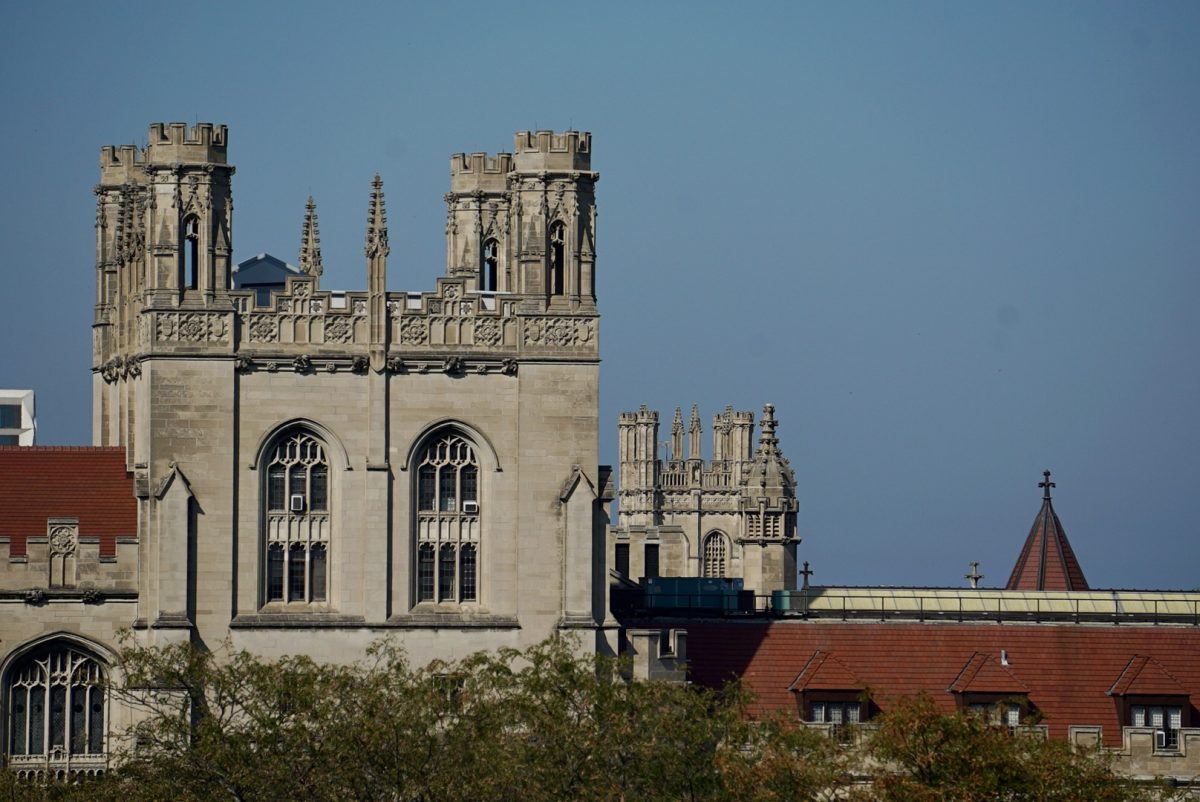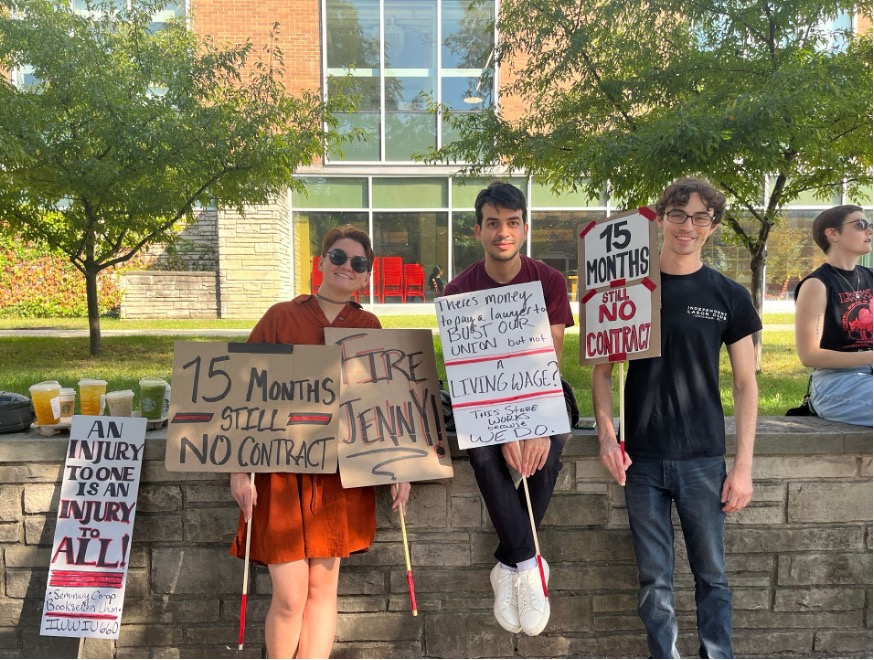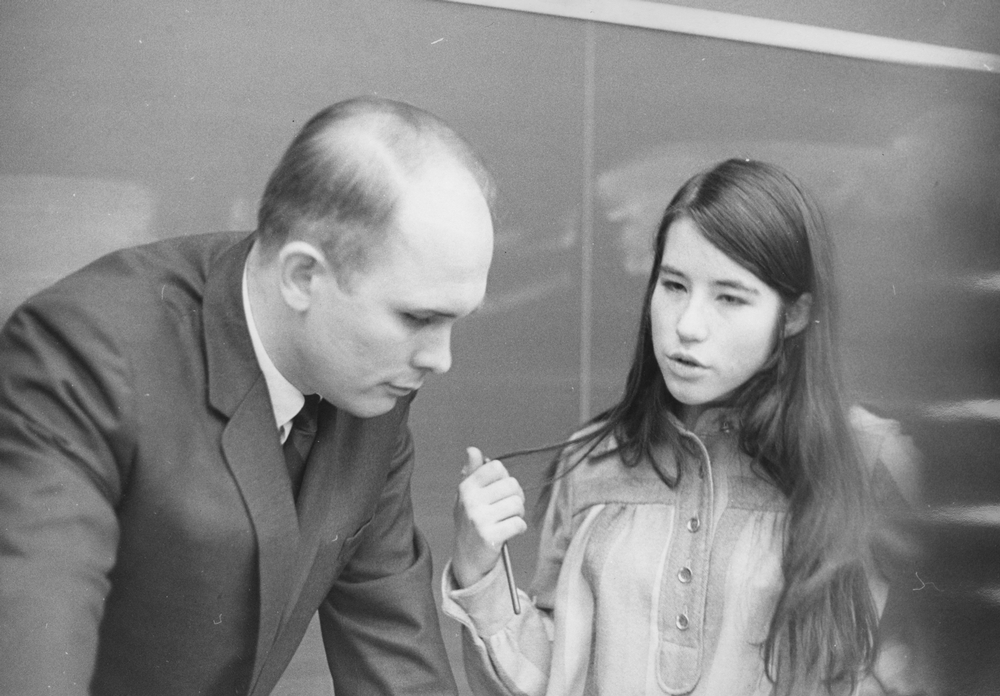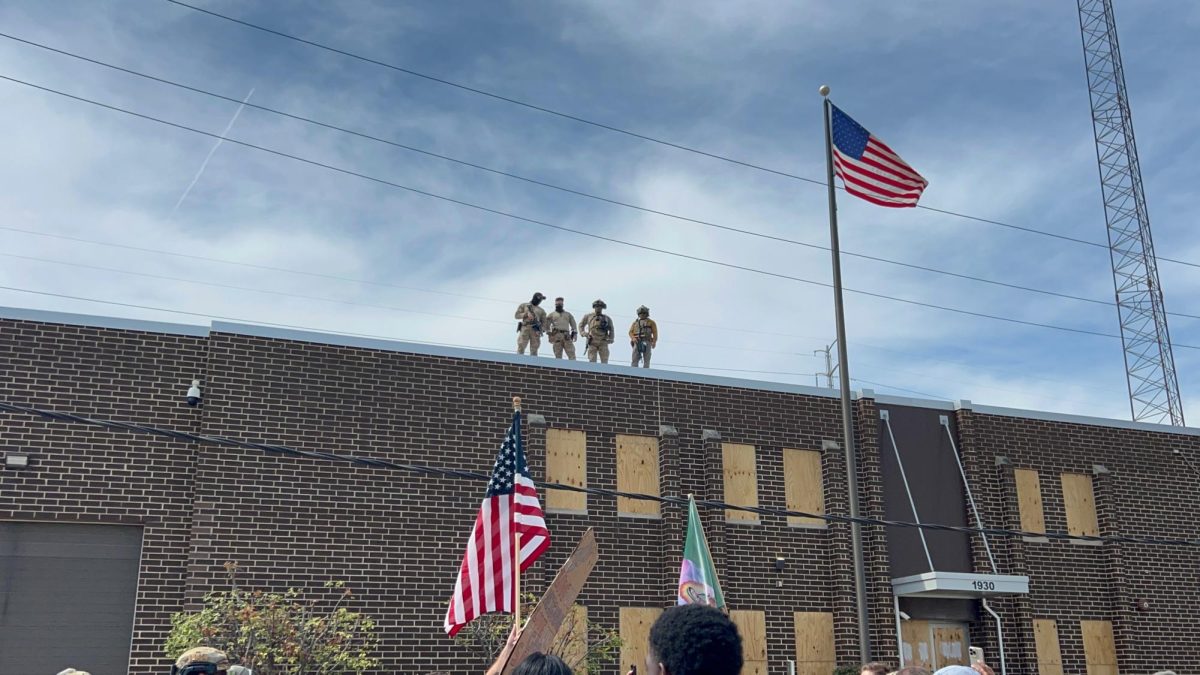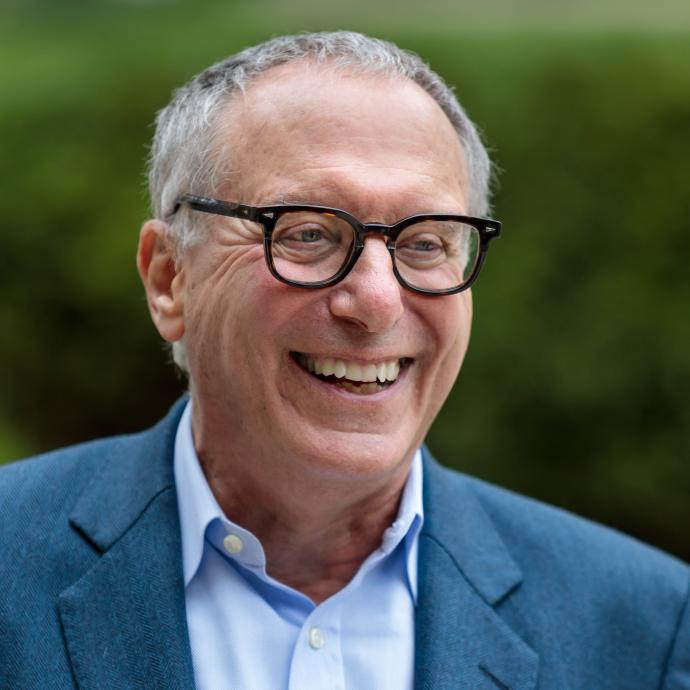[img id=”80219″ align=”alignleft”] For students enjoying leisurely strolls and bike rides around Hyde Park in recent days, the return of the long-awaited spring weather has also meant the equally embraced emergence of tulips, daffodils, and other diverse foliage. On campus, the University’s designation as an official botanical garden means that in the coming weeks, a landscape characterized by gray and gothic architecture will give way to one of the most florally diverse campuses in the country.
And for the 120 families from Woodlawn and Hyde Park who tend small plots on a formerly vacant lot at the corner of South Dorchester Avenue and East 61st Street, the return of spring also means the beginning of community-gardening season.
On this University-owned lot lent indefinitely for community use, gardeners from all walks of life and spanning several generations have begun the small-scale tilling that will produce organic fruits, vegetables, and herbs that will supplement the dinner tables of University professors and low-income South Side residents alike.
The garden’s purpose is to provide a space where a cross-section of the area’s diverse population can participate in a shared endeavor that cuts across social and economic stratifications, said Jack Spicer, a Hyde Park resident and the garden’s coordinator. “It’s one of the rare places in which all of the different diverse people who live in Hyde Park and Woodlawn, whether that’s African Americans, faculty, or students, can come together and meet each other,” he said.
The 61st Street Garden has few guidelines or regulations by which planters are required to abide, Spicer said. Families who tend plots are charged a $40 annual fee to cover costs for soil and water (the garden’s proprietor, the University, does not charge rent) and are otherwise free to use their 10-foot by 10-foot plots as they see fit.
Gardeners’ uses for their plots range from strictly practical to completely aesthetically-minded. One family has constructed small, insulated hotboxes that allow planting of tomatoes and herbs year-round. Other plots overflow with flowers.
“It’s sort of like raising children,” Spicer said. “Everyone has their own style, their own way of going about things, but it all works out.”
The 61st Street Garden had its genesis in the mid-1970s on a lot across the street from its current location. It began as a project organized by the Resource Center, a group that sought to improve community life. The organization was housed in the building that now contains Blackstone Bicycle Works and the Experimental Station, an artists’ community.
Eventually, the garden was moved to a neighboring lot, where it became a small-time community garden with 30 or 40 plots, Spicer said. Six years ago, the city of Chicago claimed the land under eminent domain for the expansion of the Andrew Carnegie Public School. It was then that gardeners arranged with University planner Richard Bumstead to allow the garden to move across the street to its current location, then a vacant lot.
The garden has grown steadily in the six years since, each year adding more families to its list of plot tenders. This year marked the first year that Spicer has had to turn people away. There are 30 names on the waiting list.
The ethnic, social, and cultural diversity of the families that keep plots at the 61st Street Garden vary as widely as do the plants that are cultivated there. At least six languages are spoken among gardeners, Spicer said. Gardeners have different reasons for planting as well.
Laura Letinsky, chair of the department of visual arts, first became involved with the garden through a friend, but has since secured her own plot. “It’s an amazing place. It brings together a diverse bunch of Hyde Park neighbors in a really amazing setting. It’s a breath of fresh air, no pressure, just pleasure,” she said in an e-mail interview.
One family of Kazakh immigrants garden there because it gives them a way of maintaining cultural ties to their homeland, said Ben Spicer, Jack Spicer’s son. Ben son also tends a plot with his girlfriend.
Russ Bainer is nursing a garden plot with his wife for the second year. They moved to Woodlawn two years ago and were struck by the relative inaccessibility of fresh produce in the area. The neighborhoods that surround the garden lack significant grocery options.
“We’re fairly utilitarian because you can’t really buy food down here that easily,” Bainer said. “So, we just come over here. We definitely use the garden a lot as an alternative. It just tastes better, and there’s a great community,” he said during a barbecue that he and several others threw in celebration of a friend’s birthday this Sunday.
And while the relatively small size of plots makes depending on the garden’s bounty for a livelihood difficult, at least a few of the poorer families who grow food on their plots can use them to some extent to supplement their income, Jack Spicer said.
One of the garden’s central emphases is, however, to allow caretakers the liberty to cultivate at their pleasure.
Some projects, like growing all of the ingredients needed for a specific dish, bring the
garden community together when the ingredients are harvested and the dish is prepared. A communal strip of land on the garden’s east side raises basil, garlic, and other herbs that are available to the community at large. It has included jalapenos, eggplants, and even tobacco.
Other horticultural endeavors are more whimsical. Ben Spicer and his friends have set aside a portion of land this year to raise a pre-Columbian garden that will reflect North American agricultural staples before European contact. They will raise corn stalks, beans, and squash.
“It’s kind of for a kick,” he said.
The community garden has, over the years, become something of a focal point of its participants’ lives. Some gardeners spend as many as five days a week at the garden during the summer months, planting and cooking over a grill that was salvaged from an alley two years ago.
The 61st Street Garden’s success and endurance as a community gathering place is something of an anomaly among community gardens in the city of Chicago. The garden was one of the first established in the city—where hundreds of community gardens have since sprung up. But unlike many more recently established gardens, which often depend on the leadership of one or two organizers to maintain the garden’s progress, the 61st Street Garden has a vision that stresses the importance of shared interest and cross-cutting social strata.
“I think it’s interesting and hopeful that different constituencies are involved,” said Christine Dunford, a doctoral student at Northwestern University whose research has focused on community gardens in Chicago. “I think that’s what makes it successful because it seems that the people involved have enough in common to work together, and it’s self perpetuating. It’s a little miracle,” she said.
As part of her research, Dunford has found that many of the gardens that have cropped up in low income, predominantly black communities have been founded by non-profit organizations that have specific objectives for the garden’s function within the community.
“They weren’t what I expected them to be. I expected them to be like Jack Spicer’s,” Dunford said.
“We live in a culture that believes in a meritocracy. We imagine that all the blacks can pull themselves up by their bootstraps if they want to, and that’s not what happens,” she said.
According to Dunford, community gardens are often viewed as allowable, non-offensive ways to help low-income communities help themselves. They are sometimes used to train ex-offenders or to otherwise alleviate difficult issues that plague urban environments. But as gardens develop, visions change, and agencies that own the land and run the gardens can lose touch with a garden’s original purpose.
“Gardens in Chicago mean to accomplish similar things, but they are more strongly represented by outside agencies. Some of the gardens in low-income communities feel a little imposed,” Dunford said. Often, there is a disconnect between those helping and those being helped, she said.
“I think that is why Jack’s garden is so successful,” Dunford said.
Its location in a diverse community whose members all contribute to the garden has done away with questions of class or ethnicity. “We only talk about gardening here. I think that’s become part of the point,” said gardener Cathy Gruber.
“Maybe it’s also sort of the history of Hyde Park, where it’s okay to do that,” Dunford said about the cross-cultural cooperation that exists at the garden.
While Gruber acknowledges that Spicer subtly attempts to address issues of class and diversity through the garden, that component is deliberately kept low key.
What is on the mind of most gardeners is preparing for a successful cultivating season.
“I’m paying the price for not paying attention in the fall,” said Gruber as she cleared her plot of weeds remaining in her plot from last season. “Lots of weeds. That’s okay, though. It’s only a couple days’ work.”



